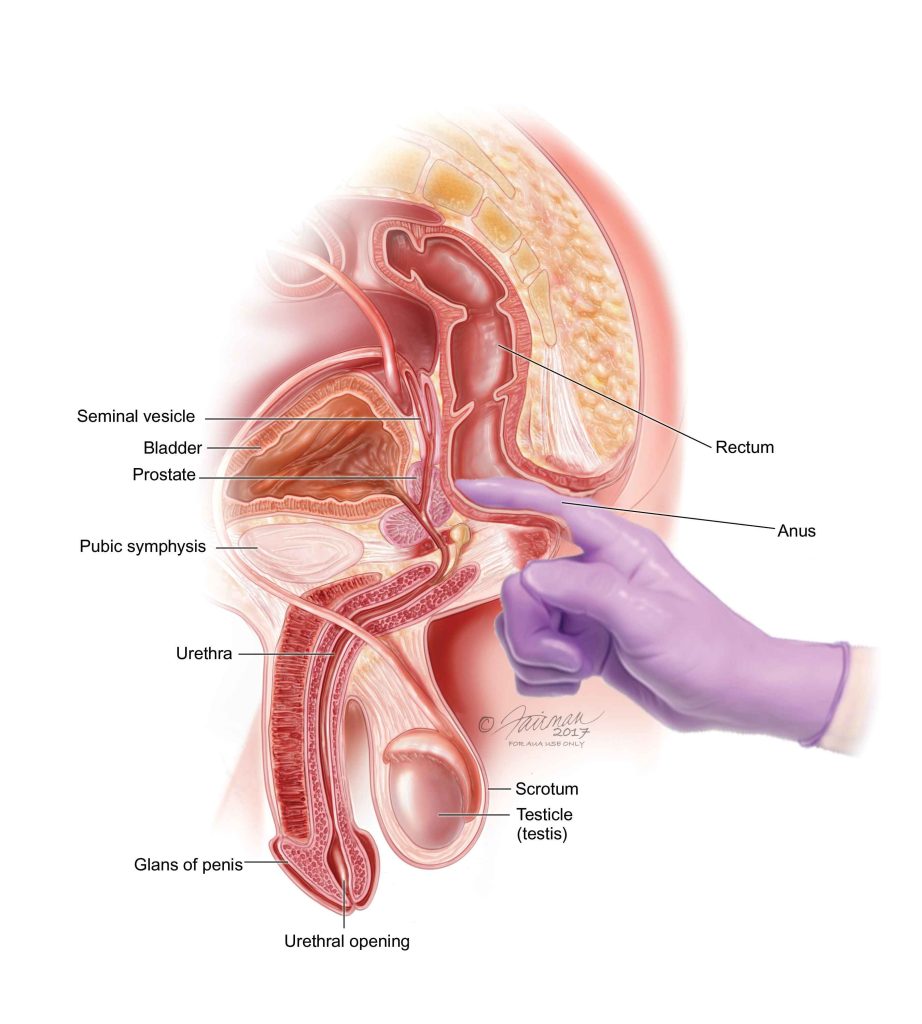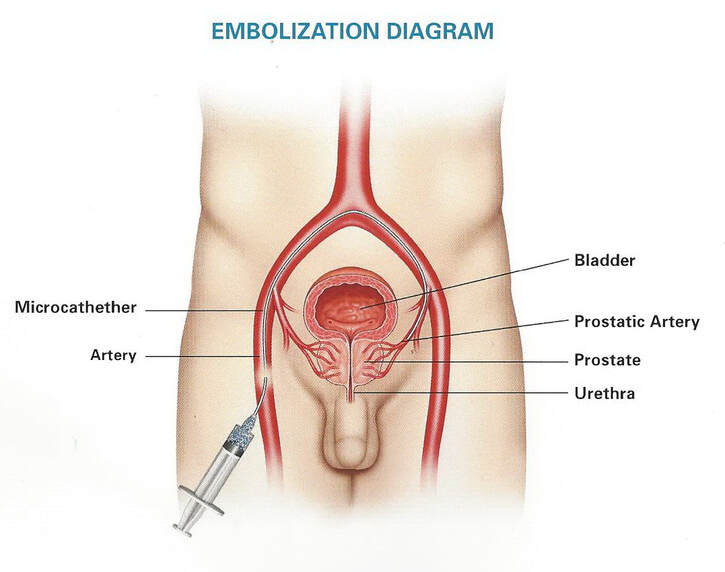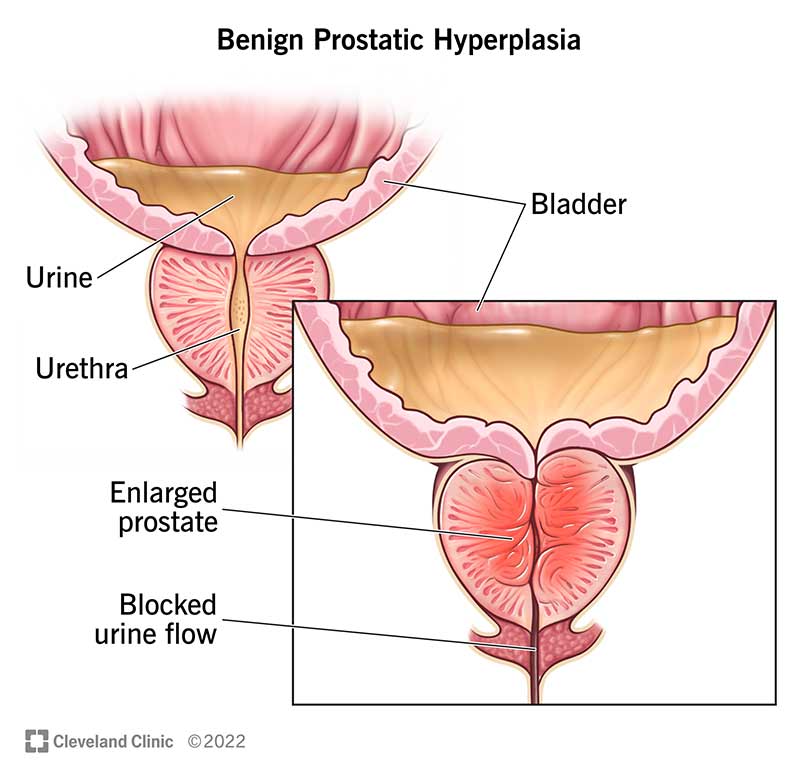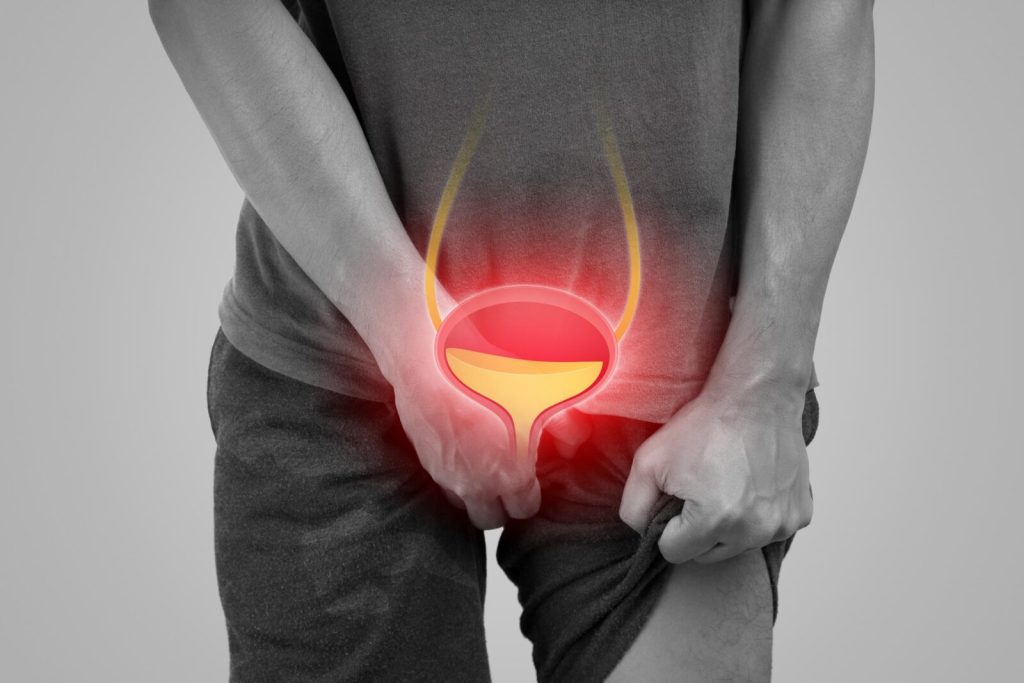Prostate Artery Embolization
Understanding Prostate Artery Embolization (PAE) Treatment in Bangalore
Prostate Artery Embolization (PAE) is a modern, minimally invasive procedure for enlarged prostate (BPH) that helps men get relief from urinary symptoms without open surgery and with faster recovery.
The procedure is performed in Bangalore by Vascular & Endovascular Specialist, Dr. Sravan, at a centrally located hospital in Basavanagudi, with easy access from areas like Jayanagar, JP Nagar, Banashankari, Wilson Garden and CBD Bangalore.
Overview of Prostate Artery Embolization (PAE)
Prostate Artery Embolization is an image-guided, catheter-based procedure that shrinks an enlarged prostate by reducing its blood supply.
Key advantages:
No large incision
Usually no general anesthesia
Short hospital stay (often same-day discharge)
Lower bleeding risk
Designed to preserve sexual function
It is an effective option for men with BPH-related urinary symptoms who want a non-surgical alternative or are not ideal candidates for major surgery.
What Is the PAE Treatment?
During Prostate Artery Embolization:
A tiny pinhole entry is made in the wrist or groin.
A soft micro-catheter is guided under fluoroscopic (X-ray) imaging into the arteries supplying the prostate.
Microscopic embolic particles are injected into these arteries.
Blood flow to the enlarged prostate reduces.
Over the next few weeks, the prostate gradually shrinks in size, relieving pressure on the urethra.
Urine flow improves and symptoms like night-time urination and urgency gradually reduce.
Typical procedure time: 45–90 minutes
Hospital stay: Day-care / short stay in most cases
Return to routine: Often within 24–48 hours, as advised by the doctor.
Symptoms – When to Suspect Enlarged Prostate (BPH)?
Common BPH-related symptoms that may benefit from evaluation for PAE include:
Frequent urge to urinate, especially at night (nocturia)
Weak urine stream or thin flow
Difficulty starting urination
Feeling of incomplete bladder emptying
Sudden urgency to pass urine
Dribbling at the end of urination
Straining while passing urine
Burning or discomfort while urinating (with or without infection)
Red-flag symptoms requiring urgent medical attention:
Inability to pass urine (acute urinary retention)
Blood in urine
High fever with urinary complaints



What Are the Solutions for Enlarged Prostate (BPH)?
Treatment for BPH is tailored to the severity of symptoms, prostate size, overall health and patient preference.
Lifestyle modifications
Limiting late-night fluid intake
Reducing tea, coffee and alcohol
Avoiding holding urine for long periods
Physical activity and weight management
Medications
Alpha-blockers – relax the smooth muscle in the prostate and bladder neck
5-alpha-reductase inhibitors – help reduce prostate volume over time
Combination therapy – used when clinically appropriate
Some patients continue to have significant symptoms or side-effects despite medicines. In such cases, procedural options are considered.
Interventional / Procedural options
Prostate Artery Embolization (PAE) – minimally invasive, catheter-based procedure
TURP (Transurethral Resection of the Prostate)
Laser prostate surgery
Other minimally invasive options (e.g., Urolift – as per urology assessment)
PAE is particularly useful when:
A non-surgical approach is desired
There are anaesthetic or surgical risks
Long-term medicines are not effective or not tolerated
There is a preference to preserve sexual function as much as possible



Types of Solutions Based on Severity Mild symptoms
- Occasional night-time urination
Slightly reduced urine stream
Daily life largely unaffected
Management focus:
Observation
Lifestyle changes
Trial of medications
Moderate symptoms
Frequent night-time waking to urinate
Noticeable impact on work, sleep and travel
Reduced confidence due to urgency or fear of leakage
Possible options:
Optimised medications
Prostate Artery Embolization (PAE) as a minimally invasive procedure
Selected endoscopic or laser procedures (as per evaluation)
Severe symptoms / complications / large prostate
Repeated urinary retention episodes
Recurrent urinary infections
Significant enlargement on ultrasound or MRI
Poor response to medicines
Management options:
PAE (if vascular anatomy and clinical evaluation are suitable)
TURP or other surgical options if PAE is not appropriate due to anatomical or technical reasons
Why PAE is increasingly preferred in many centres:
Minimally invasive
Often performed under local anesthesia with mild sedation
Short recovery period
Can be considered in patients with multiple comorbidities, as per specialist assessment
Why Choose Dr. Sravan for Prostate Artery Embolization in Bangalore?
Vascular & Endovascular Specialist
PAE is a complex arterial procedure that requires:
Detailed understanding of pelvic vascular anatomy
Precision catheter navigation
Experience with micro-catheters and embolic agents
As a Vascular & Endovascular Specialist, Dr. Sravan is trained in these catheter-based interventions, which is crucial for safely reaching and embolizing the prostate arteries.

Advanced Imaging & Cath Lab Setup
The procedure is performed using Digital Subtraction Angiography (DSA) systems that provide:
Clear visualisation of small pelvic arteries
Real-time guidance of catheters and micro-catheters
Controlled delivery of embolic particles to the target vessels
Reduced risk of non-target embolization
The hospital’s location in Basavanagudi, Bangalore offers convenient access from major parts of the city, including Jayanagar, JP Nagar, Banashankari, Wilson Garden and CBD Bangalore, for patients seeking advanced, minimally invasive prostate treatment.
Minimally Invasive, Patient-Centred Care
Focus on shorter procedure times where clinically possible
Clear explanation of benefits, risks and alternatives
Structured pre- and post-procedure guidance
Aim to enable early return to normal activities, based on individual recovery
Trusted Referrals and Follow-Up
Many patients are referred by other clinicians for PAE when:
Medical therapy does not give adequate relief
Surgery is high-risk or not preferred
A minimally invasive alternative is desired
Follow-up involves monitoring symptom improvement, urine flow and imaging as needed, with a long-term, outcome-focused approach.
